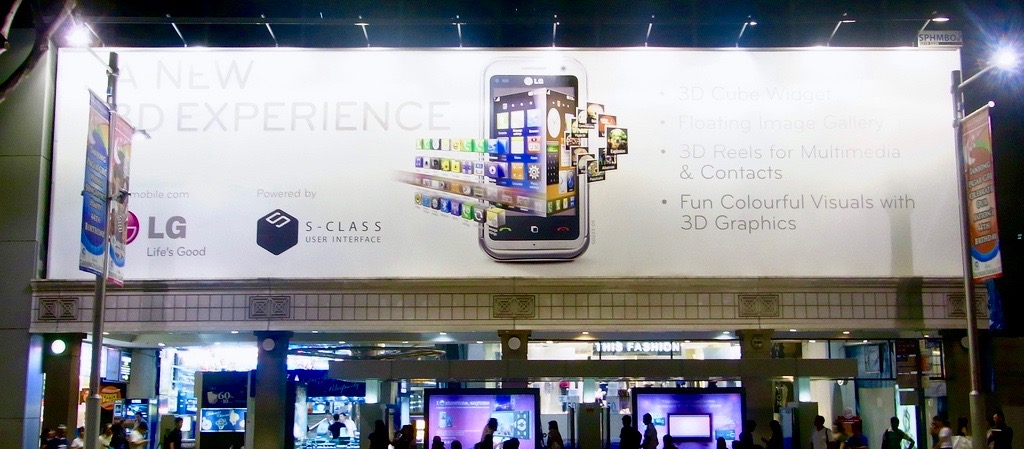It is so important to give customers a good experience at every touch point. If not, your advertising investment will likely be going to waste.
The question of experience living up to promise was prompted by our recent work with two clients, designing and building booking systems for them.
A complicated booking system is frustrating and only the most loyal customers will hesitate to go elsewhere if it is confusing or long-winded to navigate.
It’s bad enough if consumers have searched for your company organically, but it’s even worse if they’ve found it as a result of an advert and the experience they have doesn’t live up to the promises you made.
You are, more or less, deceiving them and nothing will turn consumers away quicker than a mismatch between the promise and the experience.
So let’s talk about brand experience and what that means.
Marty Neumeier, author of ‘The Dictionary of Brand’, defines it as: “all the interactions people have with a product, service, or organization; the raw material of a brand.”
As we’re sure you all know, it takes a lot of hard work for advertising and marketing to entice and engage customers, especially in this incredibly fast-paced and competitive world, so if they’re leaving because of a bad experience, all that hard work and your investment will have gone to waste.
You can’t promote your company as a source of expert advice if, for instance, the staff in your stores can’t answer customers’ questions, and thanks to the power of social media, customers will be very quick to share a poor experience online for hundreds, if not thousands of people to see.
So how do you ensure your brand experience lives up to your promise?
Integrating design at every step of your development process will help make the user journey seamless. The experience can and should be consistent and user-friendly through every possible touch point and aligned across offline and online channels.
You should also make sure that customers can communicate with your business whenever and wherever they need to. If they have any questions or issues that they want to have resolved, are you on the platforms and social media sites they primarily use? Does your website have a clearly accessible support section and is it optimised for mobile use?
Only when you have considered every aspect of the user journey, can you begin to advertise promises that your business can genuinely keep and base your promotion around solid and deliverable business strategies.
Design-driven brands keep a close eye on the customer experience they provide, from the very first interaction to long after a sale. They are constantly tweaking it and readying their business for the future, keeping it in line with growing trends and lifestyle changes.
A carefully designed user journey means a happy customer and it can go a long way towards encouraging repeat sales as well as creating brand advocates, who will champion your business and help to build a solid community.
We recently watched a TED talk with Airbnb co-founder Joe Gebbia on designing for trust. He explains how Airbnb has built a strong and loyal community across the world by creating a seamless experience that resonates emotionally with travellers and hosts before, during and after bookings.
Remember, you can build your brand however you like, but ultimately, the customer experience is the brand.
It’s not what YOU say it is, it’s what THEY say it is! So before you promise your audience anything, ensure the user experience is a good one.
[Top image credit: Gordon Wrigley]
